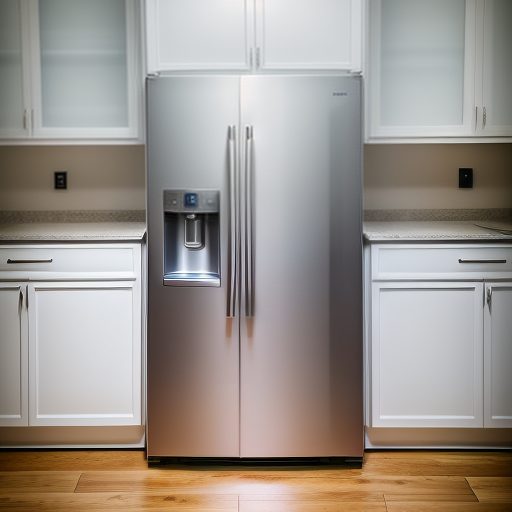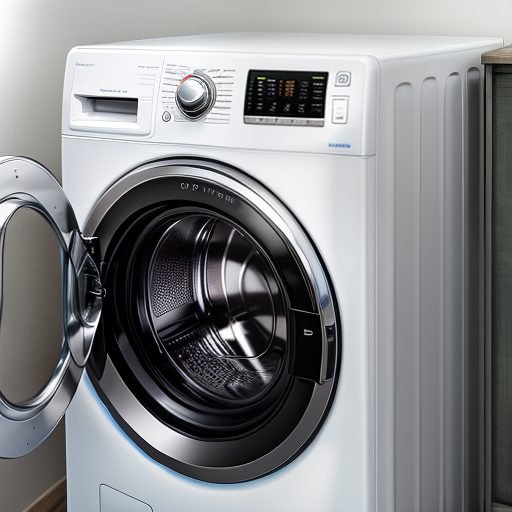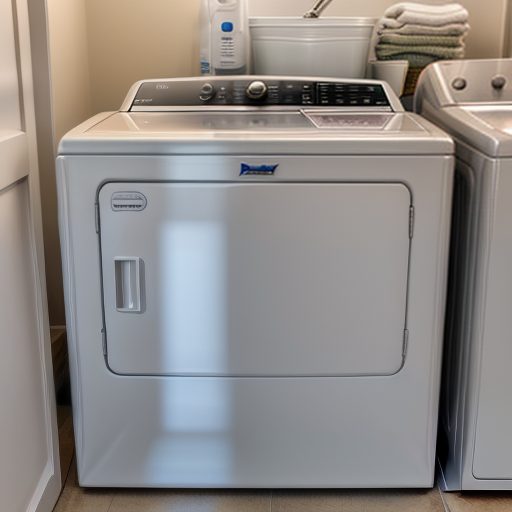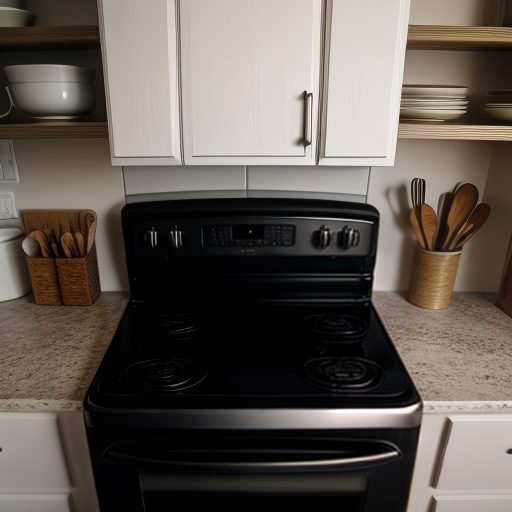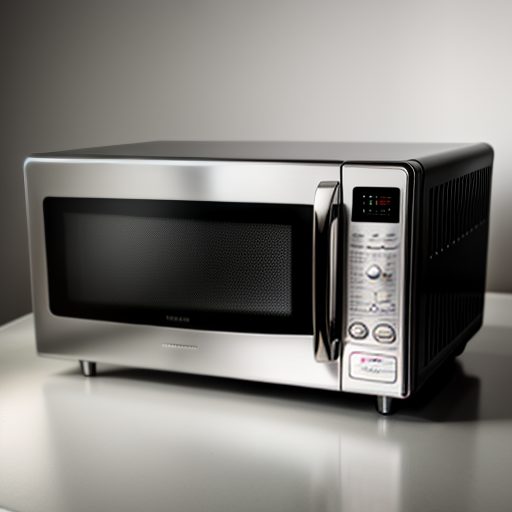Refrigerator compressor repair Austin TX
The refrigerator compressor is a critical component in ensuring the efficiency and reliability of your cooling system. This essential part works tirelessly to maintain the ideal temperature within the refrigerator, ensuring your food stays fresh and safe.
Modern compressors are designed to optimize energy usage, making them more environmentally friendly and cost-effective. With advancements in technology, today’s compressors offer superior performance, providing consistent cooling even in the most demanding conditions.
Choosing a refrigerator with a high-quality compressor not only enhances the overall efficiency of your appliance but also ensures reliability over the long term. This means fewer repairs and maintenance issues, giving you peace of mind and saving you money.
In summary, investing in a refrigerator with a top-notch compressor ensures excellent cooling performance, improved energy efficiency, and long-lasting reliability.
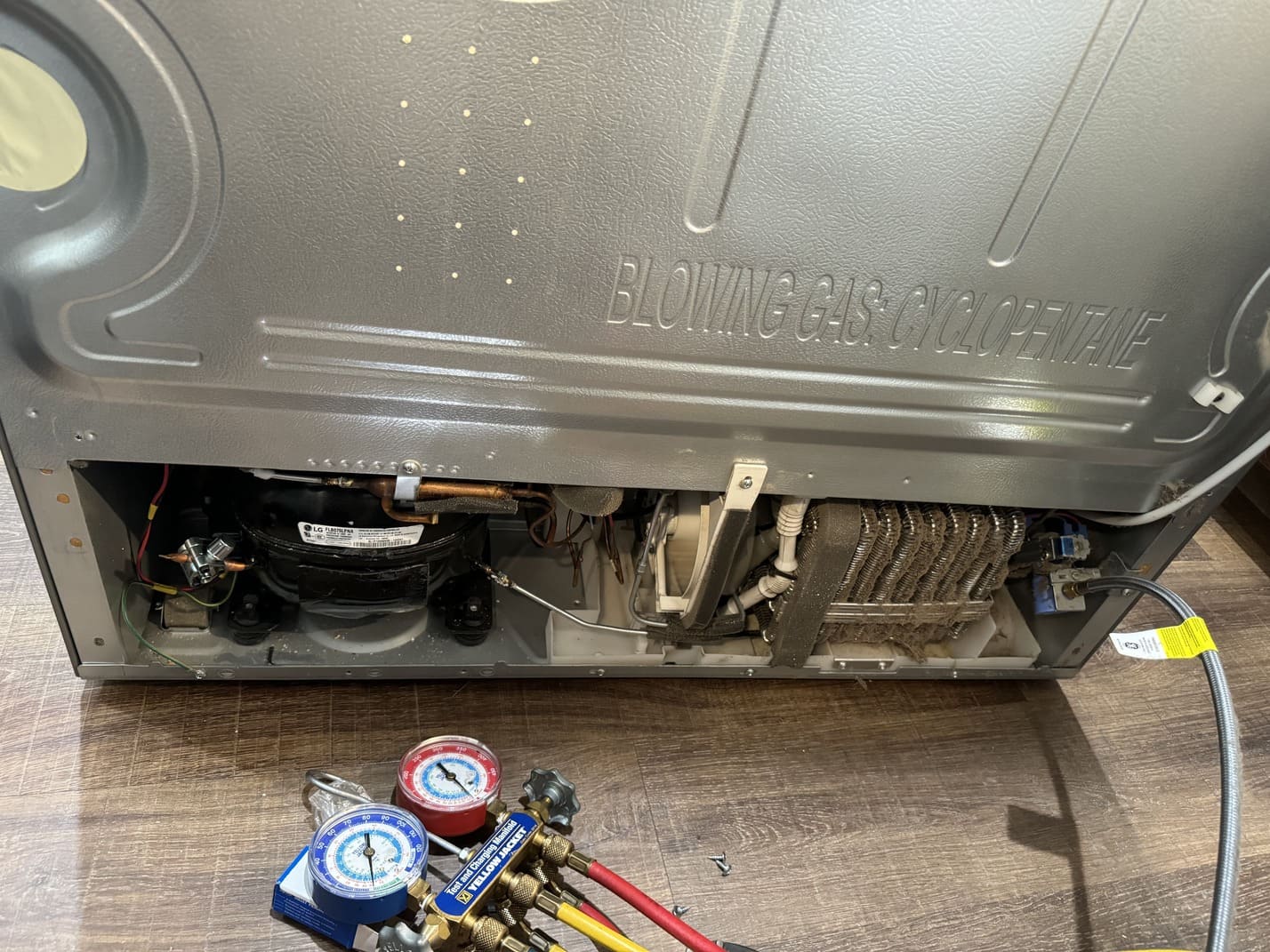
Compressor problems and solutions
One of the most noticeable signs of compressor problems is the refrigerator not cooling properly. If you find that the interior of your refrigerator is not as cold as it should be, or if the freezer section is warmer than usual, the compressor might be malfunctioning. Unusual noises, such as loud humming, buzzing, or clicking sounds, are also indicators of potential compressor failure. These noises often result from internal mechanical issues within the compressor or problems with the start relay.
Another common symptom of compressor issues is the refrigerator running constantly without cycling off. This continuous operation can be caused by a failing compressor struggling to maintain the set temperature, leading to increased energy consumption and higher utility bills. Additionally, if you notice that the refrigerator is not turning on at all, it could be due to a compressor or a related electrical component failure.
Compressor diagnosis
In cases where the compressor is running but not cooling, there might be a refrigerant leak.
Refrigerant is essential for the cooling process, and a leak can significantly reduce the efficiency of the compressor.
Identifying and repairing refrigerant leaks requires specialized equipment and expertise, so it is advisable to seek professional assistance for this issue.
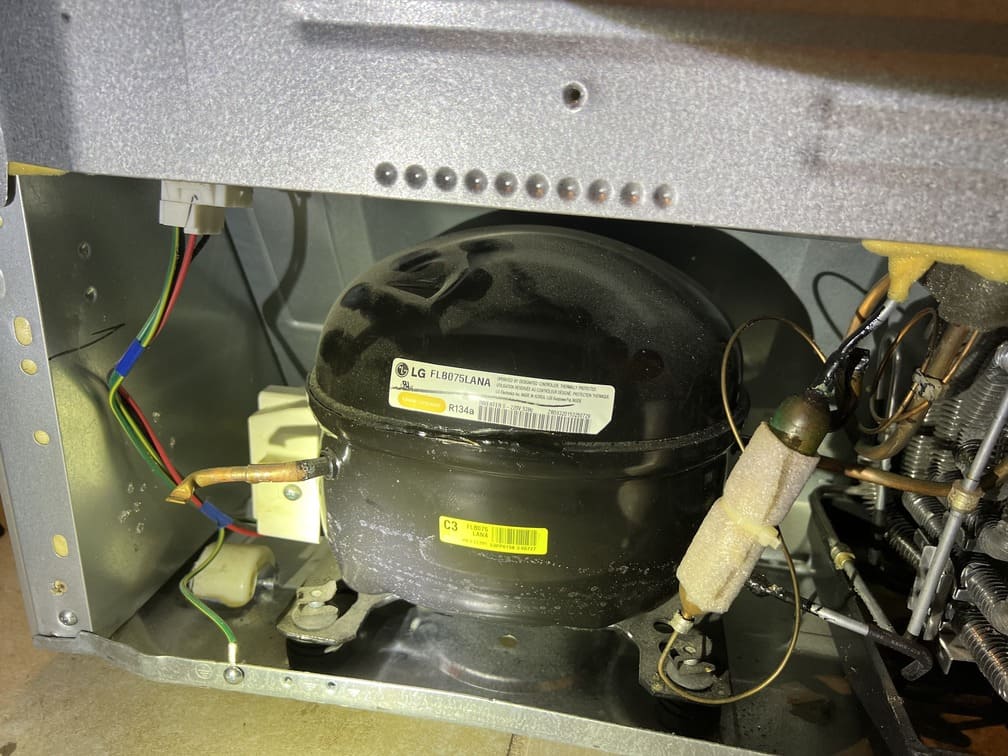
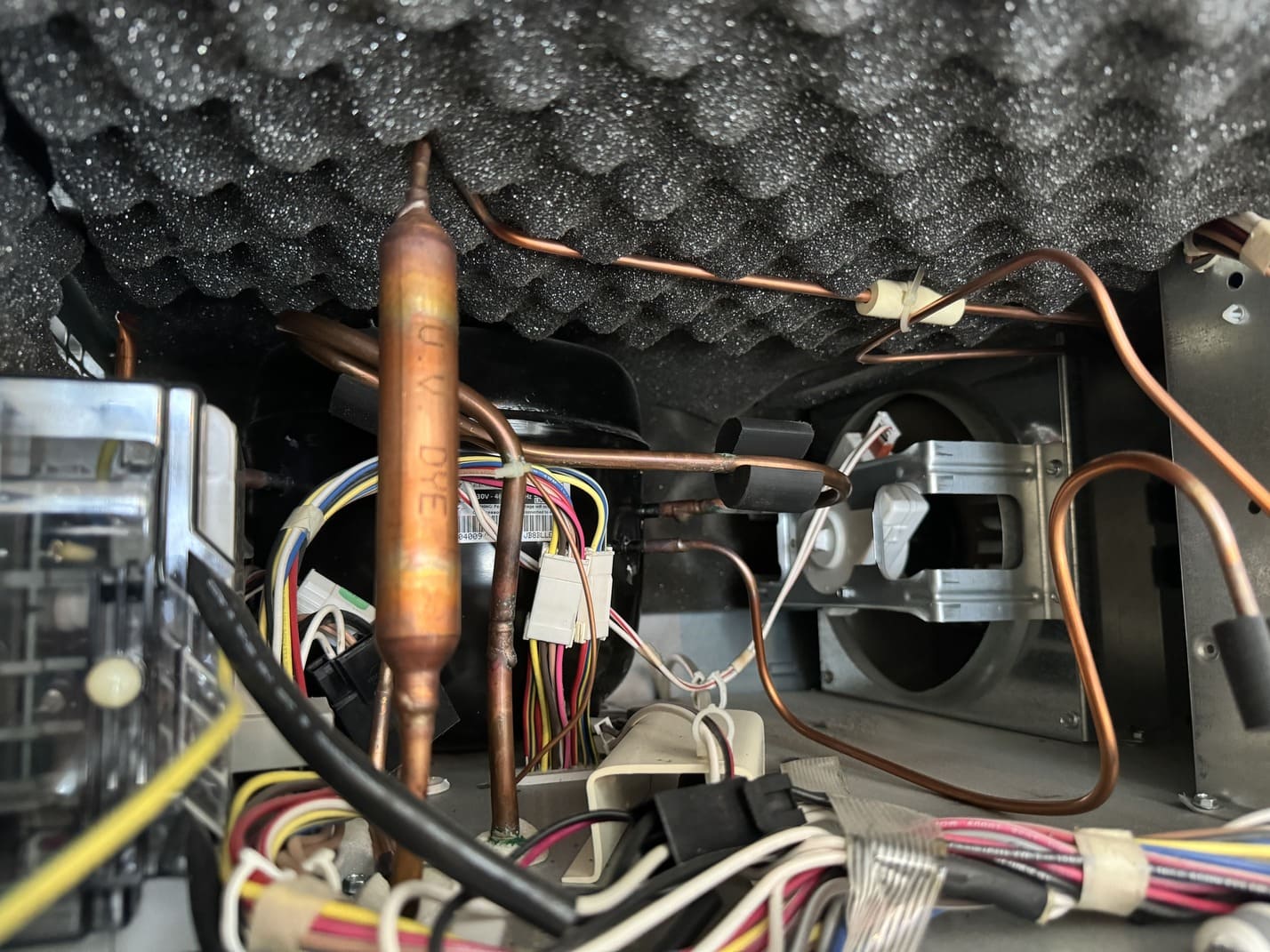
Compressor installation services
When the compressor itself is determined to be faulty, replacing it might be necessary. Compressor replacement is a complex task that involves handling refrigerants, electrical connections, and precise installation. It is generally recommended to hire a certified technician to perform this repair to ensure it is done correctly and safely.

Compressor maintenance
Preventive maintenance can help reduce the likelihood of compressor issues. Regularly cleaning the condenser coils, ensuring proper airflow around the refrigerator, and checking door seals can contribute to the efficient operation of the compressor. Additionally, keeping the refrigerator at the recommended temperature settings and avoiding overloading it with food can help maintain optimal performance.
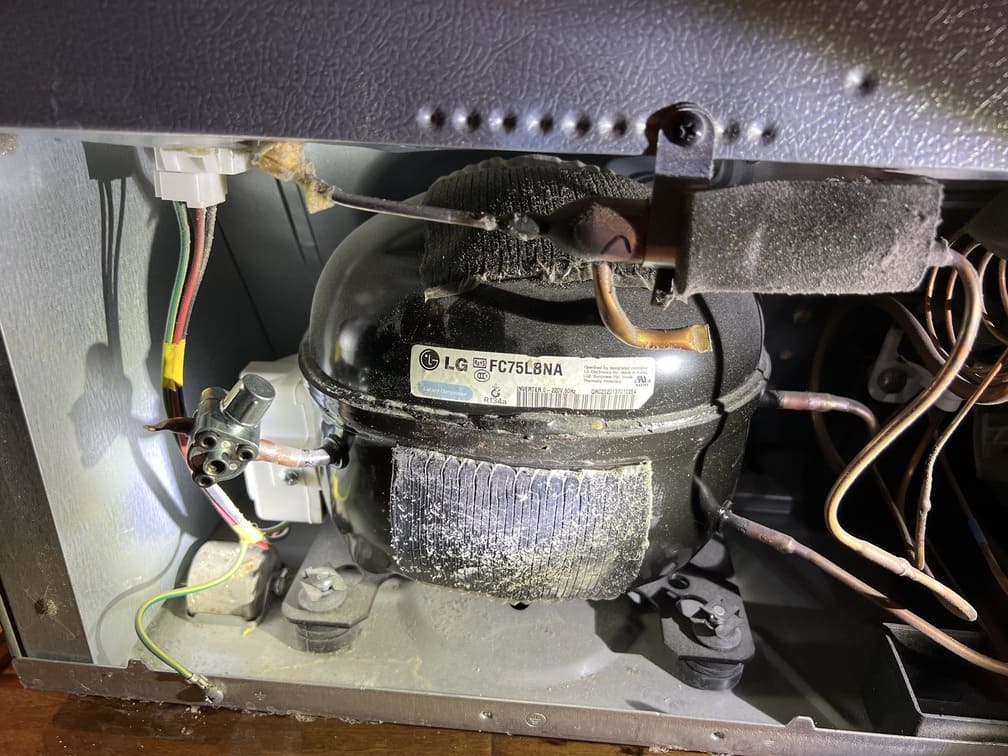
Emergency compressor repair
In conclusion, addressing compressor issues promptly is crucial to maintaining the functionality of your refrigerator. By understanding the signs of compressor failure and knowing when to seek professional help, you can ensure that your refrigerator continues to operate efficiently and reliably. Regular maintenance and timely repairs will extend the life of your appliance and prevent more serious and costly problems in the future.
1. Safety First:
Before starting, ensure the refrigerator is unplugged to avoid any electrical hazards. Wear appropriate safety gear.
Gather Tools and Materials: You will need a new compressor, refrigerant, welding torch, vacuum pump, manifold gauge set, and necessary hand tools.
2. Removing the Old Compressor:
Access the Compressor: Locate the compressor unit at the back of the refrigerator, typically behind a panel. Remove the panel to access the compressor.
Disconnect Electrical Connections: Carefully disconnect the electrical connections from the old compressor. Note the wiring configuration for reinstallation.
Release Refrigerant: Use a refrigerant recovery system to safely capture the refrigerant from the cooling system.
Remove the Compressor: Unscrew the mounting bolts and disconnect the refrigerant lines using a tubing cutter or wrench. Carefully remove the old compressor.
3. Installing the New Compressor:
Position the New Compressor: Place the new compressor in the same position as the old one, ensuring it aligns with the refrigerant lines and mounting points.
Reconnect Refrigerant Lines: Attach the refrigerant lines to the new compressor using a flare nut wrench. Ensure all connections are tight to prevent leaks.
Weld Connections: Use a welding torch to seal the connections, creating a secure and leak-proof joint.
Connect Electrical Wiring: Reattach the electrical connections, following the configuration noted earlier. Double-check all connections for accuracy.
4. Recharging the Cooling System:
Vacuum the System: Use a vacuum pump to evacuate any air and moisture from the cooling system. This step is crucial for maintaining efficiency.
Recharge with Refrigerant: Attach the manifold gauge set and reintroduce the correct amount of refrigerant into the system. Follow manufacturer specifications for the type and amount of refrigerant.
Test for Leaks: Check all connections for any signs of refrigerant leaks using a leak detector or soapy water solution.
5. Final Checks and Maintenance:
Power On: Plug in the refrigerator and turn it on. Listen for any unusual noises and ensure the compressor runs smoothly.
Temperature Check: Monitor the refrigerator’s temperature to ensure it reaches the desired cooling level. Adjust settings as needed.
Regular Maintenance: Schedule regular maintenance checks to ensure the compressor and cooling system continue to function efficiently. Clean condenser coils and check refrigerant levels periodically.
Types of Freon (Refrigerants)
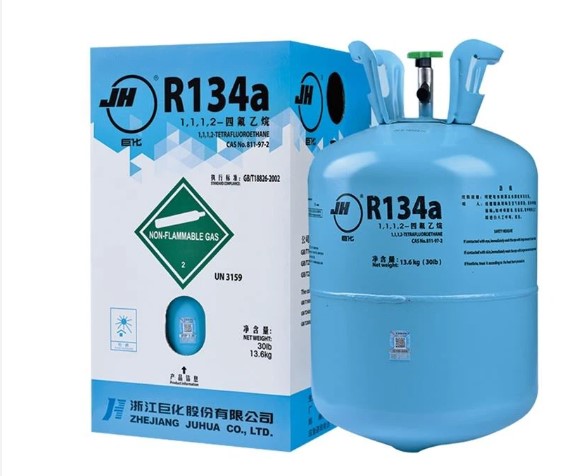
R-134a (Tetrafluoroethane)
Description: A hydrofluorocarbon (HFC) refrigerant commonly used in domestic refrigerators and automotive air conditioning systems.
Applications: Domestic refrigerators, automotive air conditioning, and commercial refrigeration.
Advantages: Non-ozone depleting, stable, and efficient at typical refrigeration temperatures.
Disadvantages: Global warming potential (GWP) is relatively high, leading to regulatory phase-downs in some regions.
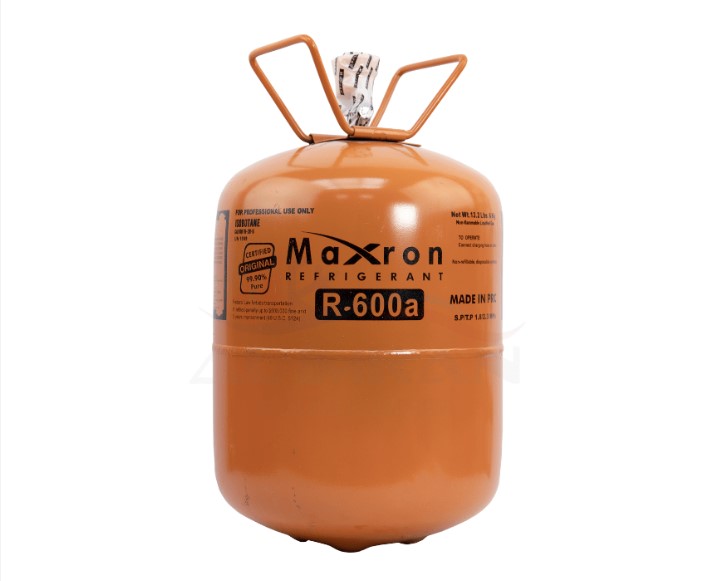
R-600a (Isobutane)
Description: A hydrocarbon refrigerant used as an eco-friendly alternative to traditional HFCs in domestic refrigerators.
Applications: Domestic refrigerators and freezers.
Advantages: Low GWP, high energy efficiency, and environmentally friendly.
Disadvantages: Flammable, requiring careful handling and specific safety measures.

R-290 (Propane):
Description: Another hydrocarbon refrigerant known for its high efficiency and low environmental impact.
Applications: Commercial refrigeration systems, domestic refrigerators, and freezers.
Advantages: Low GWP, excellent thermodynamic properties, and environmentally friendly.
Disadvantages: Flammable, necessitating strict safety protocols.
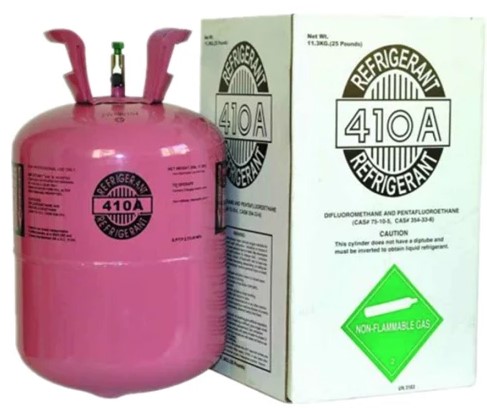
R-410A
Description: An HFC refrigerant blend used in residential and commercial air conditioning systems.
Applications: Air conditioning systems and heat pumps.
Advantages: High efficiency, non-ozone depleting, and widely available.
Disadvantages: High GWP, subject to phase-down regulations in some regions.
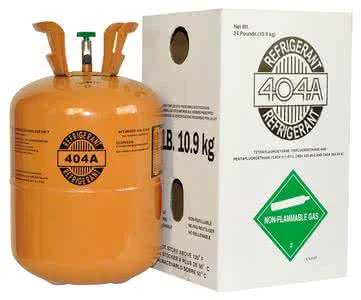
R-404A
Description: An HFC blend used in commercial refrigeration systems, especially in low-temperature applications.
Applications: Commercial freezers, refrigerated transport, and industrial refrigeration.
Advantages: Effective in low-temperature applications and widely used in commercial settings.
Disadvantages: High GWP, leading to regulatory restrictions and phase-down efforts.
My repair experience was wonderful! I had two gentlemen come to my home. They let me know when they would come, then when they were on their way they gave me an ETA, communicative, they listened attentively, explained the problem with the dishwasher carefully, and were very sweet with my pets and child. They also got the part in that I needed for the dishwasher quickly. Highly recommend!
Absolutely a great company. Scheduling was quick, diagnostics was done efficiently, and I was given expert advice regarding expectations in repair and aftercare.
Great experience. Repair man was highly communicative from the start. He was punctual, polite, and thorough in his work. I’d researched / troubleshooted the apparent problem with our washer before turning to professional help, and I was very satisfied to see that he checked all the possible causes of our washer’s problem, instead of simply stopping at the first obvious thing. He executed the solution quickly (replaced some parts), and we’ve had no problem so far since! And he even tested the washer after repairing it! He was also conscientious about our space, and the safety of both me and my puppy when he had to leave for a minute to grab the parts (took time to put away all his tools/ secure things). Would definitely recommend this company. This is a small company done RIGHT.
Full Appliance repair service
Satisfaction Guaranteed
Work hours:
Mon. - Fri. - 8:00 AM - 7:00 PM
Sat. - 9:00 AM - 4:00PM
Sun. - Closed
Address:
11316 Jollyville Rd 78759,Austin,TX
Email address:
Payment methods


